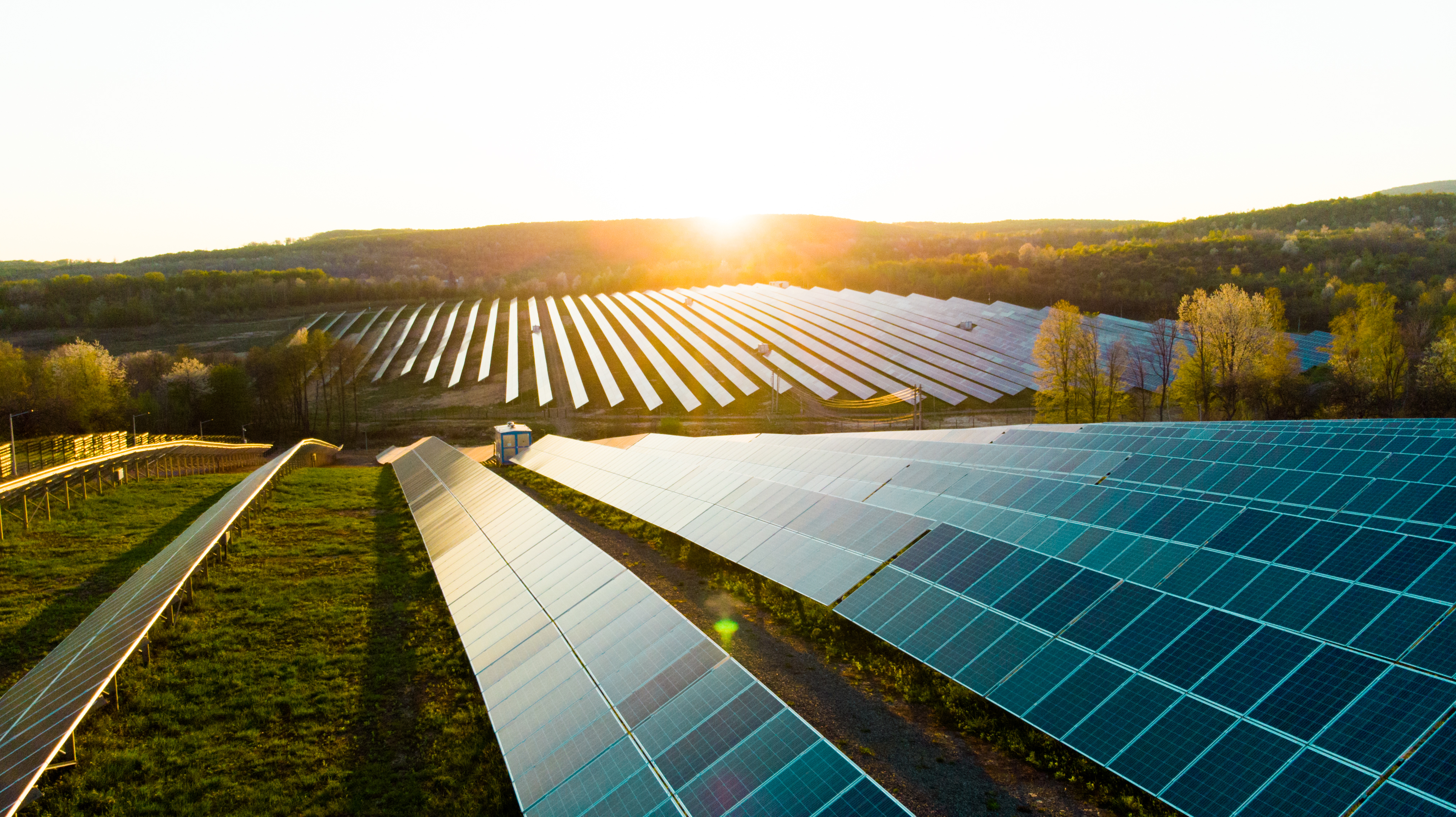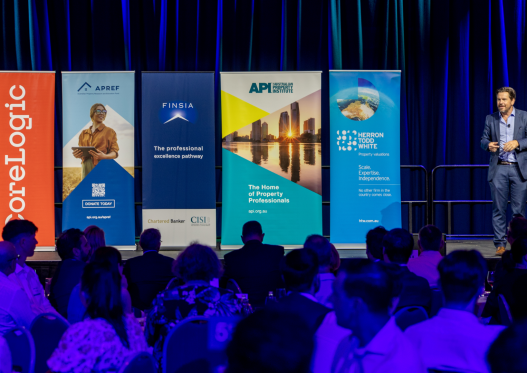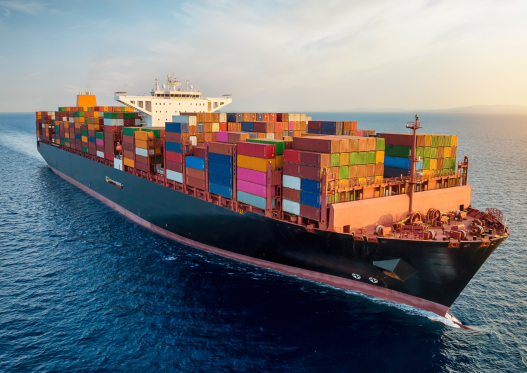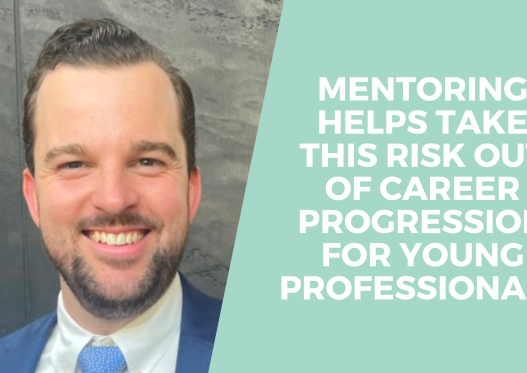In the finance industry, the language around “climate change” and “sustainability” has increasingly been reframed as a journey: one which leads along a path and away from the financing of “dirty” carbon emitters, to one of financing “cleaner” alternatives. This path of transition evokes other elements of a journey, including distance and time. For any parent, the back seat call of “are we there yet?” equally applies. How far have we come, and how far yet do we have to go? Are we moving at the required pace, or in relative terms to other markets, are we moving fast enough?
Not withstanding the debate that ensues on climate, data supports the proposition that since the industrial revolution, the planet has progressively warmed. In early January 2024, the National Oceanic and Atmospheric Administration declared 2023 to be the warmest in the 174 years of their recorded history, and that Antarctic sea ice coverage dropped to a record low. The authors of that report considered their findings “astounding”, and have given a 99% chance that 2024 will rank among the top five warmest years on record.
As recently as 2015, the former Governor of the Bank of England, Mark Carney, coined the term “tragedy of the horizon”. In his speech to Lloyds of London, he lamented the reality that “the catastrophic impacts of climate change will be felt beyond the traditional horizons of most actors – imposing a cost on future generations that the current generation has no direct incentive to fix.
9 years on, and the horizon is no closer, but the challenge of meeting a collective ambition to be net zero by 2050 remains, and less than 2°C of warming by 2100.
What is the way forward? How does Australia reconcile its stated commitments, and the cost of that transition, into the timeline?
The politics of change
"This is a really important issue, everyone knows that, and those negotiations are clearly going to be intense but I think that the strong commitment that we have, and that I always had to see us be fair dinkum about climate change, is going to be a part of that."
Peter Garrett, Environment Minister, United Nations Climate Conference, 20074
One of the immediate challenges of progressing a longer-term commitment to change, is inconsistent policy considerations due to changes in political parties. For example, the Labor Federal Budget recently allocated A$2Bn for a hydrogen fund: “Hydrogen Headstart”, to fund large-scale green hydrogen projects. The aim is to have 2-3 flagship projects in production by 2030.
Yet as recently as 2020, the then Liberal government committed close to $1Bn in support of an upgrade to the NSW gas grid, “a “landmark” agreement … that (would) see more than $2Bn invested into a new gas-fuelled energy deal (and was) slammed as “climate criminality” by the Greens”. Earlier, in 2017, then Federal Treasurer Scott Morrison famously introduced a lump of coal into a sitting of the House of Representatives “This is coal, don’t be afraid, don’t be scared. It won’t hurt you”.
Although federal Labor (with the Greens) has traditionally been more progressive in climate policies, a A$2Bn Hydrogen Headstart pales in comparison to the US$520Bn Inflation Reduction Act (IRA) introduced in 2022, which contains grants, subsidies and tax breaks, among other name plate benefits, to boost clean energy technology investments. The quantum of this US initiative has arguably tilted the playing field, with Australian companies now incentivised to prioritise US investment initiatives over Australian initiatives. In March 2023, Woodside CEO Meg O’Neill conceded that of four hydrogen projects currently under investigation, the one in Oklahoma will likely be prioritised due to the extensive tax benefits that accrue from the IRA. The projects in Australia and NZ will need to wait. The temptation of the IRA is having a real impact on the rational capital allocation decisions of Australian companies, and according to O’Neill, “the IRA is genuinely a game changer and it has pushed the US to the absolute front of the line in terms of hydrogen projects,”.
With a 2024 US election campaign well underway, time will tell as to whether a change in US leadership results in a change to the presidential support for a program of this size, noting that the Administration of the former Trump presidency famously retracted prior US non-binding commitments to the Paris Climate Accord.
The Path from here
At the very least, the tilt of the playing field needs to be addressed, but is this practical, or even possible? In early 2023, Net Zero Australia9 published an updated study on modelled scenarios to meet alternative net zero pathways out to 2060. Six core scenarios were modelled, in order to understand:
-
The scale, complexity and cost of each;
-
Implications of key choices, and tradeoffs;
-
The impacts across society, the economy and the environment.
The report examined current domestic Green House Gas (GHG) emissions from Australian emitters, (primarily covering the sectors of Energy production, Agriculture, Industrial Processes and Waste), and those from Australian exported Coal, Oil products, and Natural Gas. In order to reach net zero by 2050, the key insights included a need to deliver energy transformation at an unprecedented scale and pace, to transform our exports into clean energy, and to invest significantly in our skilled workforce and land management. The report concluded with six questions, that Australian’s must decide:
-
What is the role of governments, businesses and households in achieving net zero?
-
What role in global decarbonisation do we want to play?
-
Which essential net-zero options should we prioritise and accelerate?
-
How should we distribute investments and jobs across the nation?
-
How should we mitigate the impact of large land and sea use changes?
-
How should decarbonisation costs and benefits be distributed?
The actual costs to achieve net zero by 2050 are not known, albeit the sums estimated are significant. Depending on the modelled pathways, Net Zero Australia estimates there will be a need to attract and invest between $7 Trillion and $9 Trillion of capital by 2060, for a range of projects which include clean Hydrogen production and distribution, improvements to the electricity transportation and distribution grid, Solar Generation, Industrial decarbonisation (and no role for Nuclear). Given straight line assumptions, that’s about $200Bn, annually, for the next 35 years.
To put this amount into some context, it is worthy of providing some comparison points:
-
Australia’s Sovereign Wealth Fund (the Future Fund), currently has total funds under management of A$272 Billion (December 2023). Of this amount, A$4.7Bn is allocated to the “Future Drought Fund” (and $1.2Bn of this is cash).
-
The Clean Energy Finance Corporation has allocated capital of A$30.5Bn, of which A$19Bn has been dedicated to the “Rewiring the Nation Fund”. The CEFC is leveraging approximately $5 of private sector funding for every $1 of allocated capital. $7.7Bn of “on risk commitments” had been made at 30 June 2023.
-
All of Australia’s major banks are disclosing climate/sustainability related exposures, as a combination of both financed emissions (reducing), and alternative energy investments/sustainability lending (growing). Collectively, these total about $170Bn by 205010
Against a $7–$9Tn total investment requirement, there is a looming gap between the financing requirement, and the financing resources. Offshore capital will be needed, with Australia competing for investors against other global investment opportunities.
The questions are not just about finance flows, it is also about the “bricks and mortar” issues like workforce, available materials, limitations of infrastructure (like the energy grid), etc. Insurance companies face this problem all the time when looking at recovery from extreme disasters (it is not just how big the financial market is relative to the loss, it is also about how many electricians are available and how much lumber is available for rebuilding).
And there is an often-overlooked wild card in the process, that being technological change, which can change the situation rapidly.
Conclusion
The question needs to be posed of whether Australia has both the capacity and the fortitude to undertake what is needed to meet our net-zero commitments within the next 35 years. The collective will of the Private and Public sectors needs to be aligned, with a long term agreed pathway, on how this will be achieved. But is this possible? Not least to mention the array of additional moving targets for sustainability. Can we be aligned in a common approach to secure the funding needed to meet the costs of transition financing?
Despite Peter Garrett’s voice of confidence to the UN in 2007, are we indeed fair-dinkum?
_____________
FINSIA members are invited to join the discussion moderated by PWCs Fiona McIntyre on 24 April, with panellists Sonya Sawtell-Rickson SF FIN (CIO of HESTA), Dr Guy DeBelle (ex RBA Deputy Governor), and David Gall SF FIN (NAB’s Executive for Corporate & Institutional Bank), on how the finance industry is collectively considering the challenges faced as Australia funds the transition to a renewable future.
_____________
This article was written by FINSIA’s VIC Young Finance Professionals (YFP) Committee members, led by Marcus Stavrakis and Caroline Ramsden (Chair).
We also gratefully acknowledge for their contribution: VIC Regional Council members Stephen Daniels F FIN (former Chair) (NAB) and Zekija Glamocic F FIN (Chair) (CBA) with Kornelia Ring (Deloitte) and Rade Musulin (Finity Consulting).








